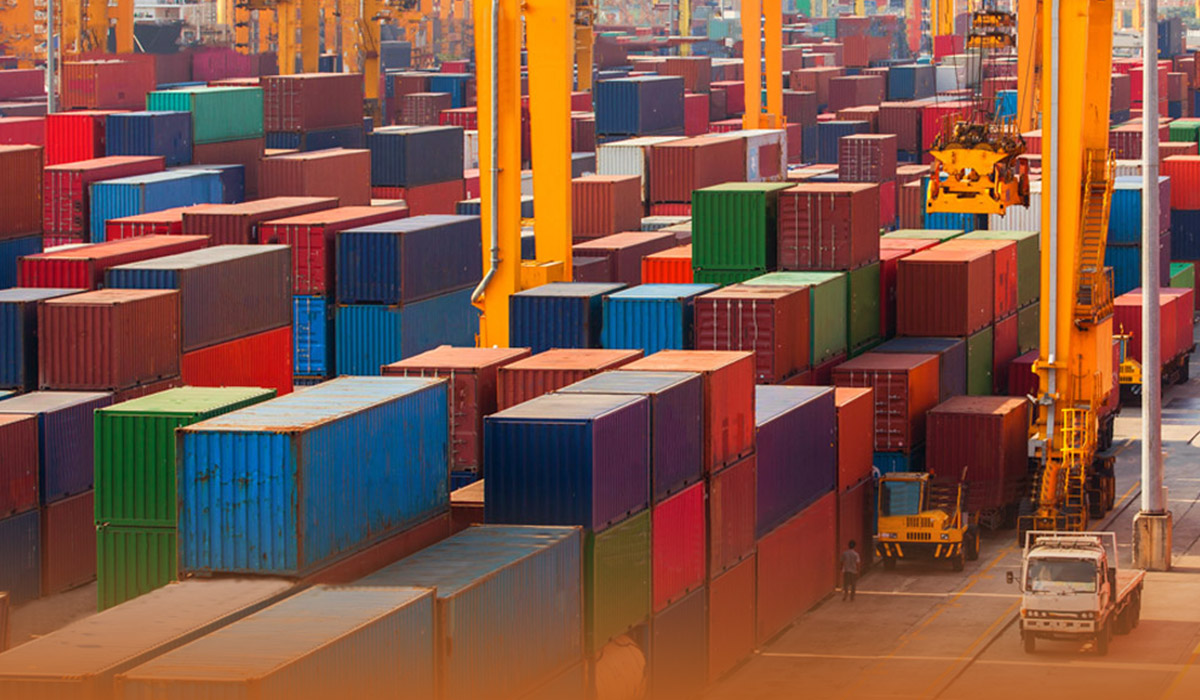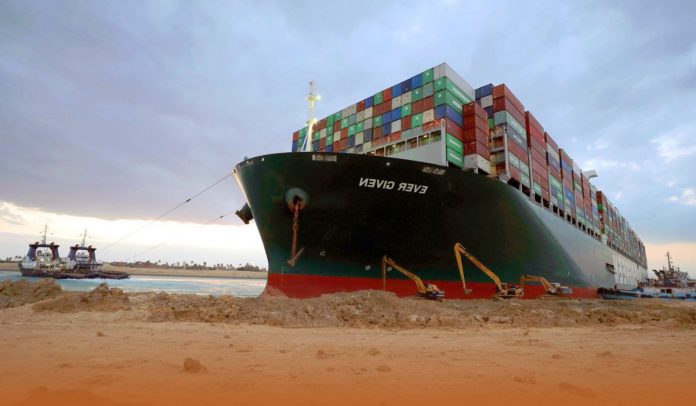The world’s leading trade hub was jammed by a container ship (quarter-mile-long) for around a week, blocking the path that could take up to a week to clear.
Last week, ahead of the Ever Given dipped into the Suez Canal, supply chains of the world were being stretched to the limits, which created the world even more costly to ship goods and making shortage of everything at the time of unprecedented demand.
Besides this, a longtime shutdown of an important path between East and West would have created things very difficult. But indirect-effects can still earlier month, and the expensive diversions or delays to extensive paths will increase pressure on trade that had already dealing with the shortages of containers, capacity constraints, and port congestion.
The Ever Given’s grounding has created postponement of the delivery of consumer goods from Asia to North America and Europe, and agricultural goods are sliding in the other directions. Thus far Monday, some 367 vessels, that include dozens of container ships and oil tankers, were holding back to transit the Suez Canal, which manages around twelve-percent trade of the whole world.

Source: Web
Transport significantly affected by bottlenecks
The CEO of C.H Robinson (one of the biggest logistics companies), Bob Biesterfeld, said that there had been a significant convergence of constraints in delivery chains such as he has never seen before. In an interview, Bob Biesterfeld described to CNN that the bottlenecks are extensive, affecting transport by road, ocean, and air, and it really has been unprecedented.
Above eighty-percent of trade of the world by volume is shipped by ocean, and jams are putting billions of dollars to make the supply chain more expensive. According to S&P Global Platts, the average expense to deliver a forty-foot container increased from 1,040 dollars last June to 4,570 dollars on 1st March.
A short comparison to the previous year
According to S&P Global Panjiva, the container shipping expenditure for seaborne United States goods imports totaled 5.2 billion dollars in Feb, while compared to two-billion dollars in the same month in the previous year.
A research analyst at S&P Global Panjiva, Chris Rogers, described that at the moment a lot of these expenses are within the supply chains. He continued that he thinks it is inevitable that it will be passed on to consumers, but it is just going o take time.





